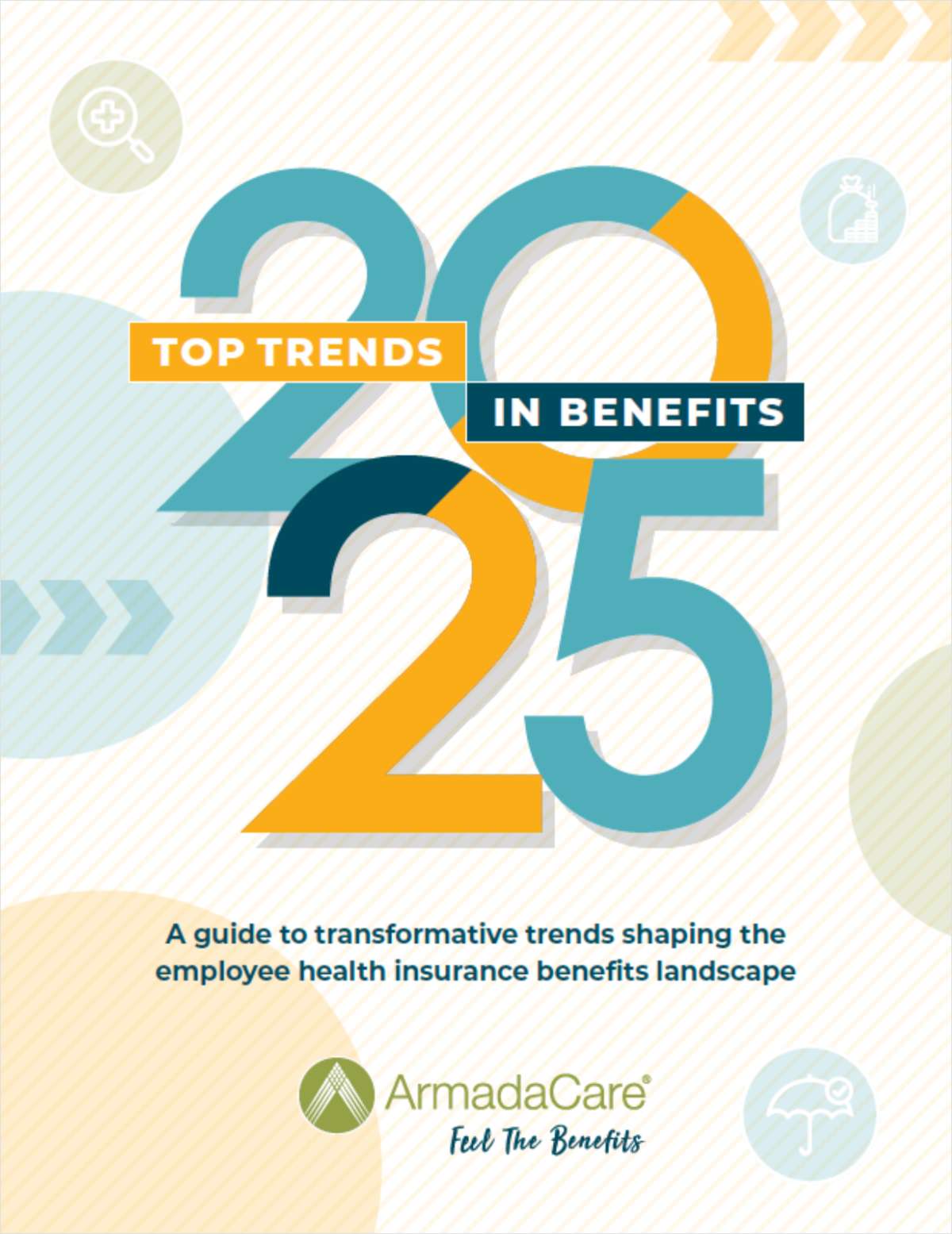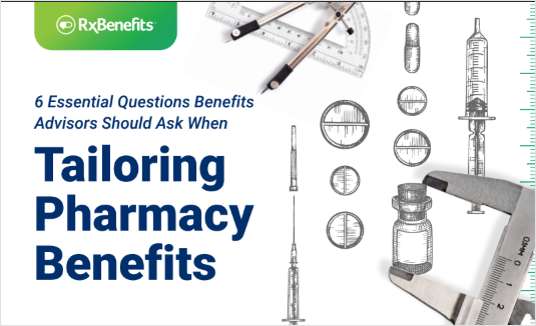 Not long after political candidates pointed to astronomical drug prices on the debate stage, new analysis showed that the average price of new brand-name drugs skyrocketed in the last decade. Current and future politicians linger in a limbo of promises that can't be immediately acted on. To date, most governmental drug pricing proposals have been delayed or rescinded by the Trump administration. And pharmaceutical industry regulators, too, have been slow to make much progress on drug prices within a Byzantine mire of authorities.
Not long after political candidates pointed to astronomical drug prices on the debate stage, new analysis showed that the average price of new brand-name drugs skyrocketed in the last decade. Current and future politicians linger in a limbo of promises that can't be immediately acted on. To date, most governmental drug pricing proposals have been delayed or rescinded by the Trump administration. And pharmaceutical industry regulators, too, have been slow to make much progress on drug prices within a Byzantine mire of authorities.
Meanwhile, pharmacy giants are in a feeding frenzy, with transactions like Amgen's purchase of Celgene's psoriasis drug clearing a roadblock for Bristol-Myers Squibb's acquisition of Celgene.
Drug companies are getting bigger and health care costs keep going up. What can employers do now to fight back in this David versus Goliath setup, as the sides become increasingly uneven?
Fortunately, "David" is acquiring more friends; by banding together and taking matters into their own hands, employers are accomplishing more than they could alone in the battle against drug costs.
Dispatch from the field: A special conundrum
Specialty drugs accounted for less than 1 percent of prescriptions in 2018, yet totaled 40 percent of employers' total drug costs, according to data from Willis Towers Watson's Rx Collaborative, an employer coalition that pools drug purchasing power. Half of the top 10 medical conditions by drug spend were treated with specialty drugs.
Related: An old idea to lower drug prices sees new life
The top 10 drugs by gross cost accounted for 20 percent of pharmacy spend in 2018 for Rx Collaborative members. But together, these employers are deploying best practices that held the drug-price inflation rate to just 3.5 percent in 2018, continuing a downward trend for the past three years. There's a lot to stand up against, but there's strength in numbers: The collaborative has over 400 employer members, including over 75 Fortune 500 companies. It represents 5.1 million people taking 45 million prescriptions across the U.S. and Canada. Tellingly, membership has grown by 13 percent to 17 percent over each of the last four years.
Monitoring utilization in both medical and pharmacy channels: Specialty drugs are often desperately needed by people fighting life-threatening clinical conditions, from multiple sclerosis and inflammatory conditions to cancer. With the increased media attention around gene therapies, primarily due to their hefty price tag, most employers, especially those without stop-loss coverage, struggle with how to pay for these therapies. This has reopened the discussion around benefit drug coverage, given that specialty drugs may be covered under the medical or pharmacy benefit, or both.
Employers are reviewing specialty drug utilization in both the medical and pharmacy channels in order to determine the most cost-effective benefit for coverage. Employers in the Willis Towers Watson's 2019 Annual Best Practices in Health Care Employer Survey recently revealed they will be examining how drugs are administered through the medical benefit to determine the least costly sites of care: 49 percent of employers evaluated and addressed specialty drug costs and utilization through the medical benefit in 2018, and that number is expected to rise to 85 percent by 2021.
Implementing biosimilar strategies: Sixty-nine percent of survey respondents expect to implement approaches that promote biosimilar drugs by 2021, compared to 30 percent having done so in 2019. In comparison, the majority of Rx Collaborative employers are planning to implement approaches to promote biosimilars within the next year, primarily leveraging formulary and plan design approaches to take advantage of emerging technologies even though few biosimilars are approved today. Formularies also continue to evolve, using research data on cost effectiveness to drive formulary and plan design decisions.
Exploring nontraditional options: Health plans and pharmacy benefit managers (PBMs) are also attempting to address paying for million-dollar specialty drugs. These seven-figure gene therapies can be contained by exploring reinsurance, options to pay over time, and outcomes-based contracting approaches.
The concept of setting a benchmark or reference price in the pharmacy benefit has been explored for many years; however, as PBM formularies evolve, some employers are looking for new and even more creative ways to treat conditions more effectively while controlling costs.
Regarding direct contracting, while it's a topic broached every year by employers, the value differentiation and cost savings from an employer perspective largely remain unclear. Some employers are seeking ways to have utilization management reviews conducted by a third party; however, the vast majority of employers continue to implement the user management approaches offered by their health plans and PBMs.
Treaties, truces and what might come next
U.S. drug pricing will likely face continued scrutiny (especially in contrast to other countries' models), as will the unchecked inflation associated with U.S. prescription drugs, particularly specialty drugs, and the black-box nature of rebate arrangements. But relief from politicians and regulatory agents remains far off. Medicare's future ability to more aggressively negotiate prices remains at the top of the debate and will have a trickle-down effect on self-insured and commercial plans. And despite recent proposals from Washington, there continues to be a spread between the actual cost of a drug and the cost charged to an employer and employee.
Finally, while some push for "Medicare for All" as a panacea to address drug costs' climb, the Best Practices Survey shows that employers' confidence that they will sponsor health care 10 years from now hit a decade high in the wake of the Affordable Care Act. Employers have already been collaborating to pull many more levers to manage their pharmacy benefits and costs, and will continue to do so even in the midst of uncertainty about next steps from current or future administrations.
Nadina Rosier is head of the pharmacy practice for Willis Towers Watson and leads their Rx Collaborative, the nation's first consultant-led, fully transparent prescription drug coalition. The Rx Collaborative works aggressively on behalf of employers to curb pharmacy spend and optimize clinical outcomes and patient safety. Willis Towers Watson pharmacists and actuaries combine best-in-class PBM contract negotiation with implementation of innovative and proven clinical and financial strategies that drive down cost. This result has proven year-over-year cost trend reductions that consistently outperform the industry average.
Complete your profile to continue reading and get FREE access to BenefitsPRO, part of your ALM digital membership.
Your access to unlimited BenefitsPRO content isn’t changing.
Once you are an ALM digital member, you’ll receive:
- Breaking benefits news and analysis, on-site and via our newsletters and custom alerts
- Educational webcasts, white papers, and ebooks from industry thought leaders
- Critical converage of the property casualty insurance and financial advisory markets on our other ALM sites, PropertyCasualty360 and ThinkAdvisor
Already have an account? Sign In Now
© 2025 ALM Global, LLC, All Rights Reserved. Request academic re-use from www.copyright.com. All other uses, submit a request to [email protected]. For more information visit Asset & Logo Licensing.







